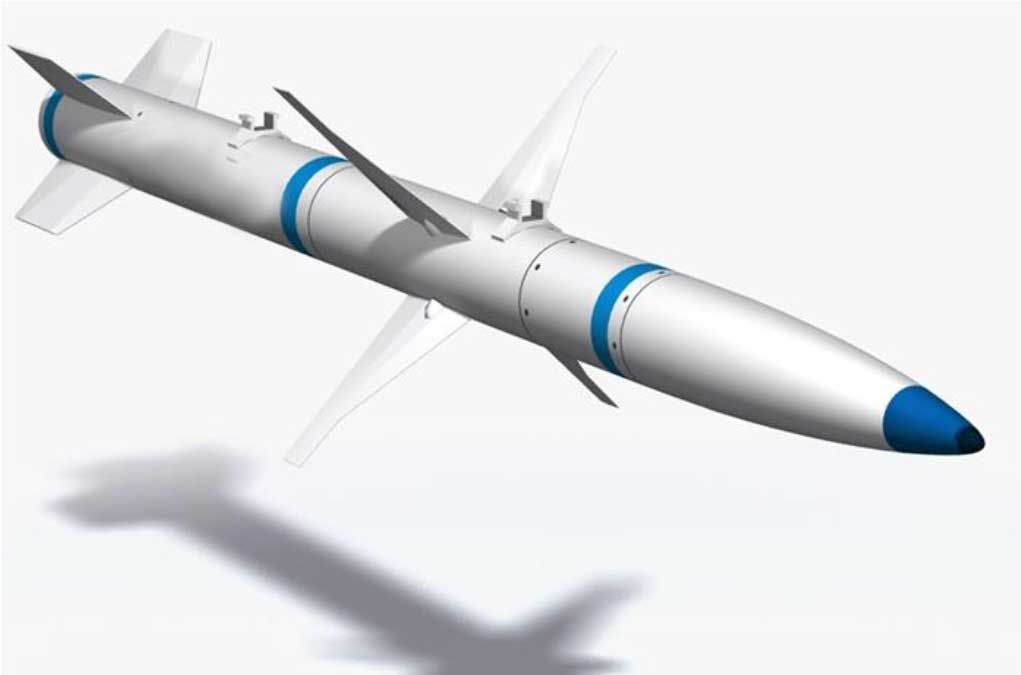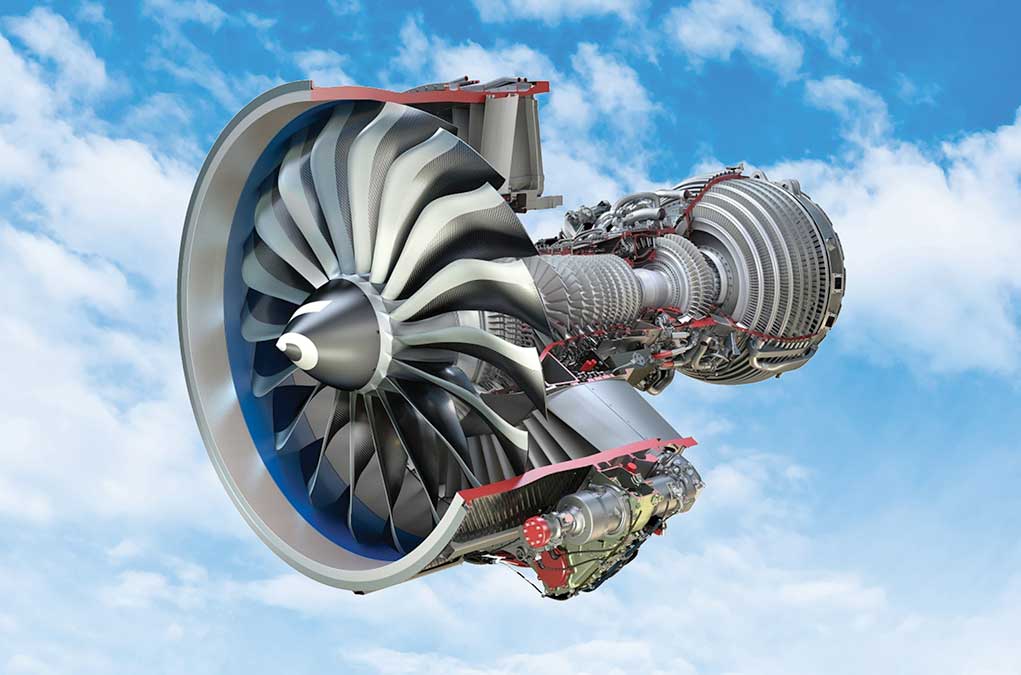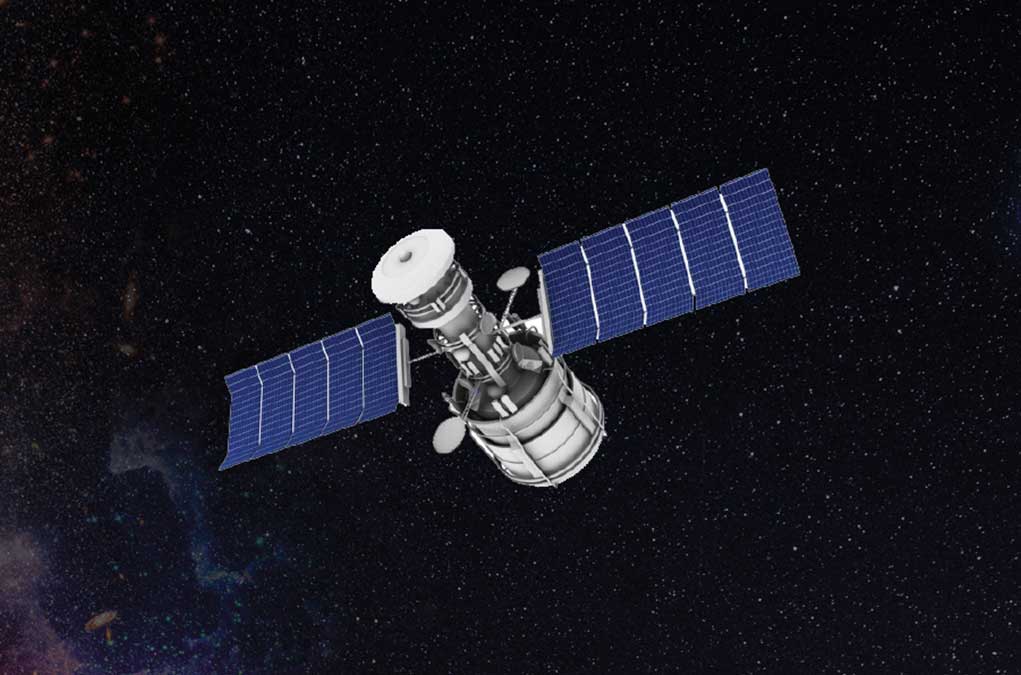3D weaving; It is a preform production technology that can be produced with a unique weaving machine consisting of 3-axis fibers with a particular geometry and internal pattern structure.
In addition to the weft and warp fibers found in traditional weaving production methods, the final woven product has a certain thickness thanks to the fiber weaving technology in the Z axis. Particularly designed machines and programs are used for preform production with 3D weaving technology. Various fiber types like carbon, glass and aramid can be used in 3D weaving technology
Considering the application of the end product, there are extensive weaving structures possible to create via 3D weaving technology. The most common pattern designs used in 3D weaving structures are: orthogonal, layer to layer angle interlock and through the thickness angle interlock. Besides the weave architecture, the fiber type is an essential parameter in 3D woven preforms which directly effects mechanical, thermal and physical properties.
Composite is the combination of two or more materials called reinforcement and matrix. The mechanical, thermal and physical properties of these materials are effective in determining the properties of the final product. There are different methods of composite production such as, lamination, pultrusion, lay up, fiber placement and 3d weaving.
3D woven composites are manufactured by applying resin to the custom-engineered 3D woven preforms. The weaving pattern design of the preform, the type of fiber used, the axial fiber ratios, the preform density, the properties of the resin system and the resin transfer process are extremely important in determining the properties of the final product. By changing these parameters, it is possible to produce composites with desired properties.
It is used as combustion chamber insulation material, engine insulation, nozzle, refractory, radome and bulkhead.

Turbine engine fan blades, fan motor case, outlet guide vane (OGVs), carbon brake, landing gear, airframe T-Pi-H etc. used as carrier profile.

It is used as gyroscope flywheel, reaction wheel, power-storage devices.

It is used as heat shield and thermal protection systems with high temperature resistance and superior mechanical properties.

It is used as light and durable mine armor.

It is used as a lightweight propeller with low acoustic noise and high mechanical strength.
